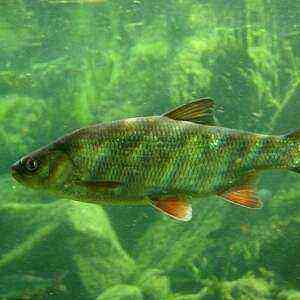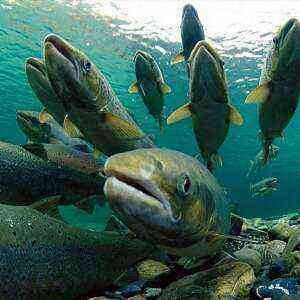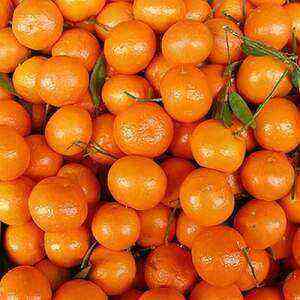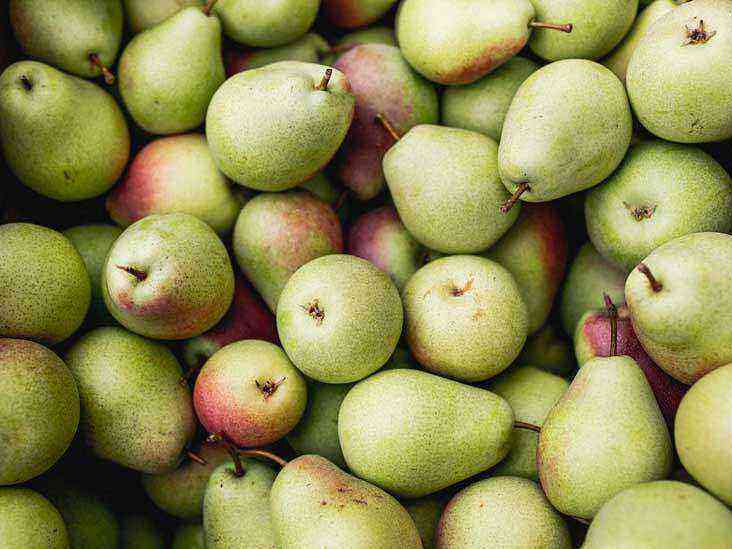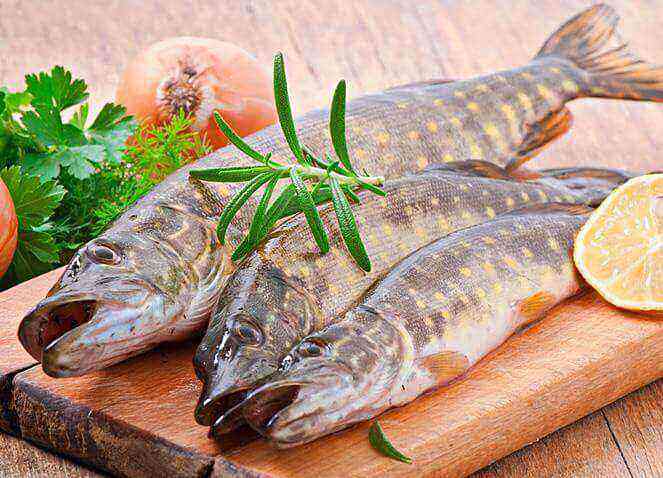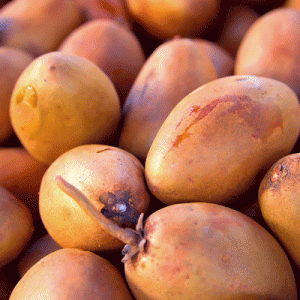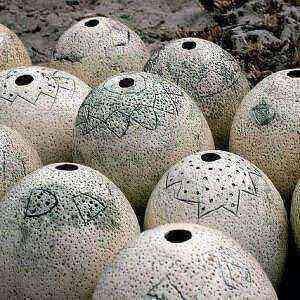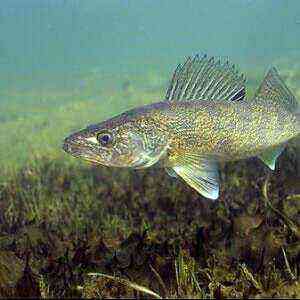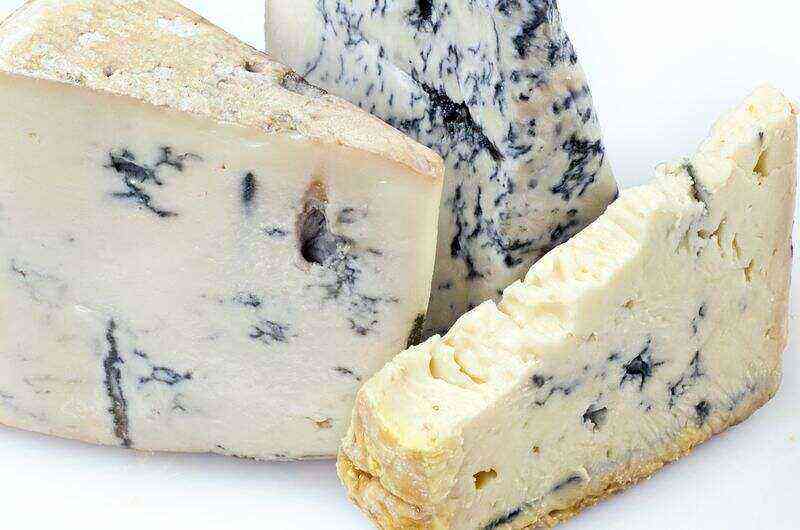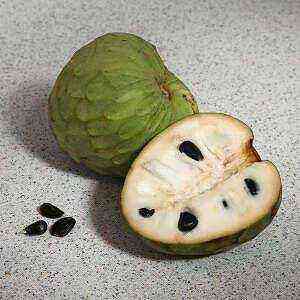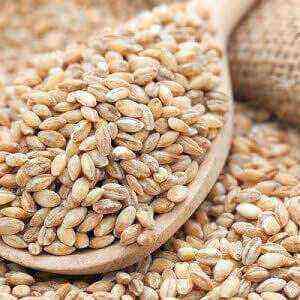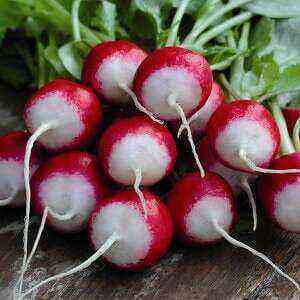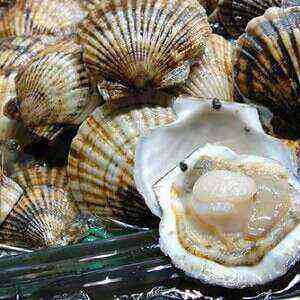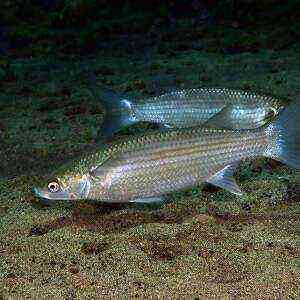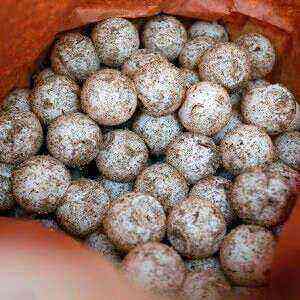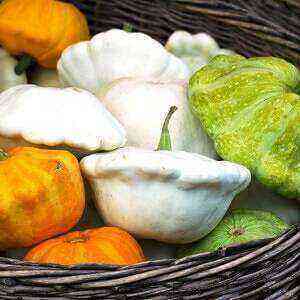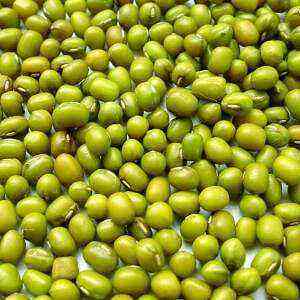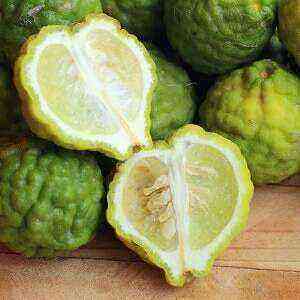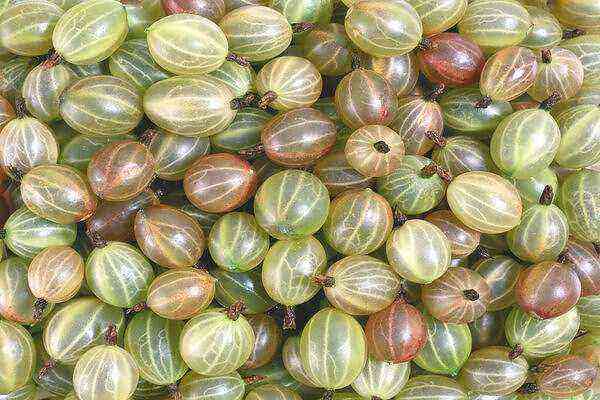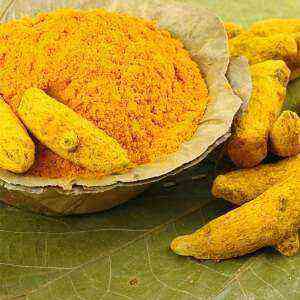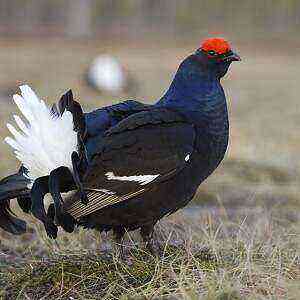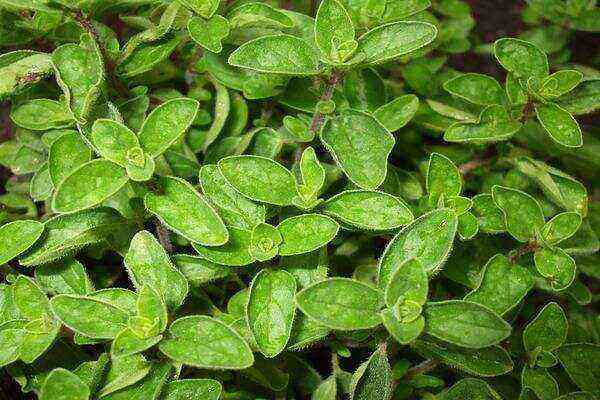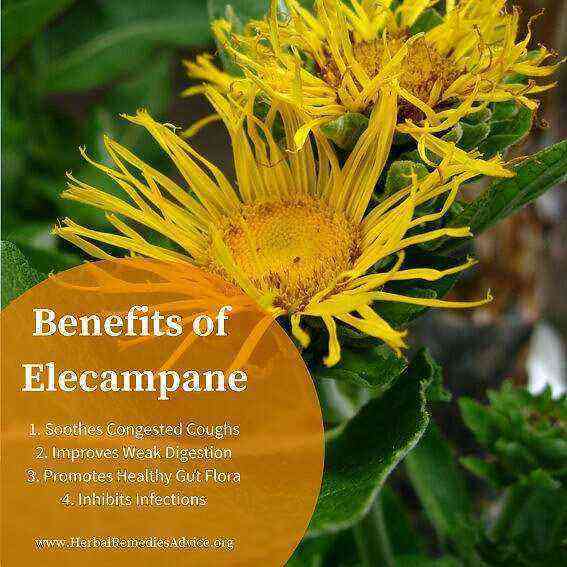Alder (Alnus) is a medicinal plant, a well-known and often found throughout Russia tree of the birch family. It is rich in popular names: elokha, wilkha, leshennik, oleshnik, volka. In Russia, the alder tree grows, as a rule, on damp, moist soils, in the valleys of rivers and streams. A special feature is that its wood does not rot in water, therefore it serves as a building material for the manufacture of bridges, dams, underwater supports and structures. It has long been used as the best material for wood carving.
There are several types of alder, the main of which are gray and black. Gray is light-requiring and frost-hardy, not demanding on the composition of the soil – it even tolerates swampiness. Black alder is more capricious. She loves moisture, but does not tolerate standing water. It is usually planted along the banks of water bodies and to decorate parks with decorative and natural ponds. The healing properties of alder are different for both types.
Healing properties of bark, leaves and cones
Leaves, bark, and also cones are used as medicinal raw materials. Alder leaves are useful with a high content of tannins, hyperoside, quercitrin, caffeic acid. Buds are beneficial for their high levels of tannin and gallic acid. Alder bark is rich in fatty oils, organic acids, bioflavonoids.
